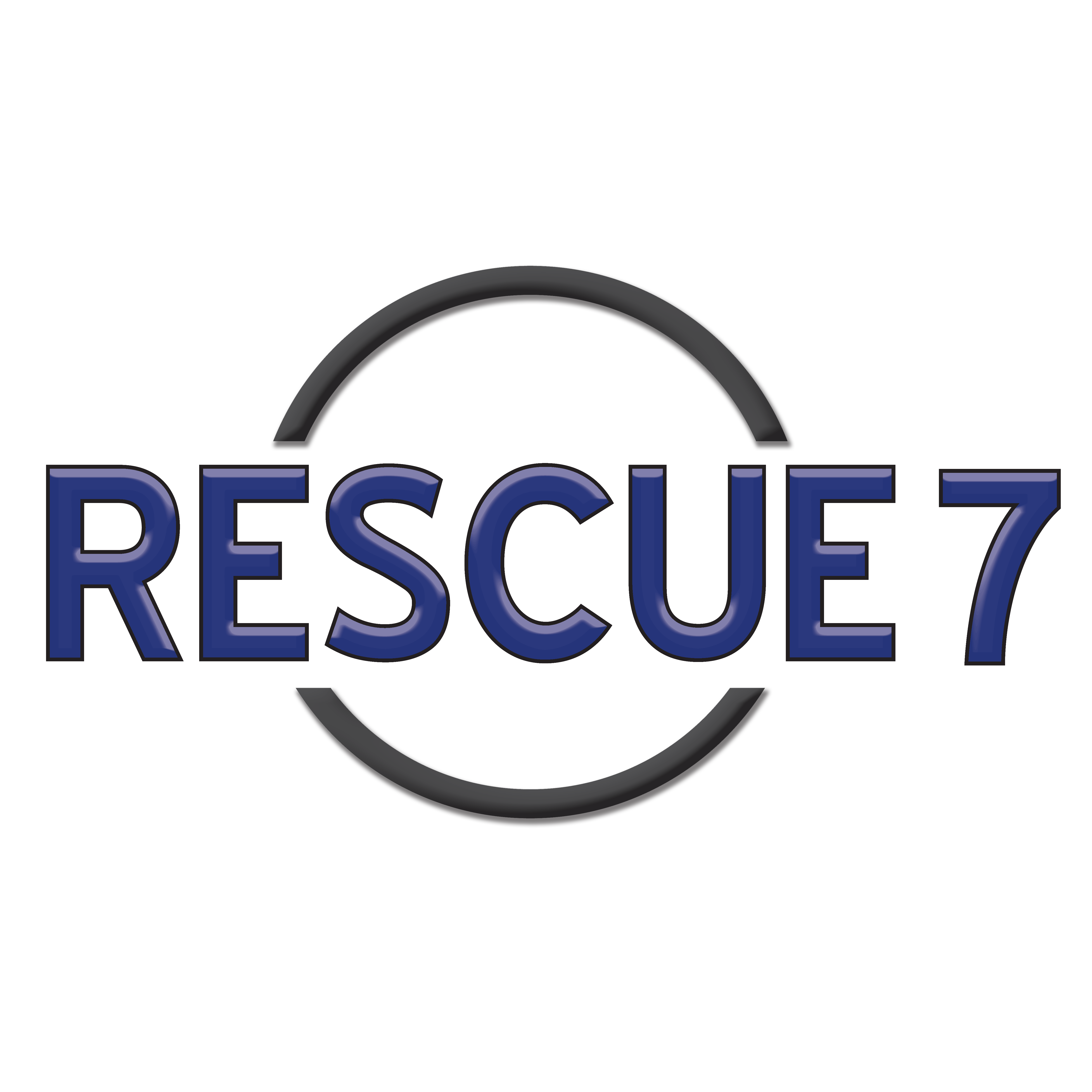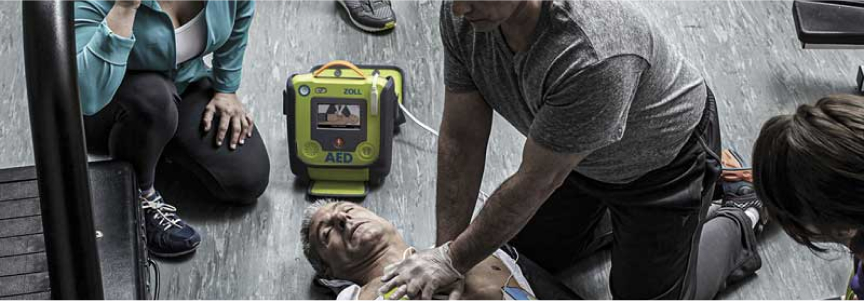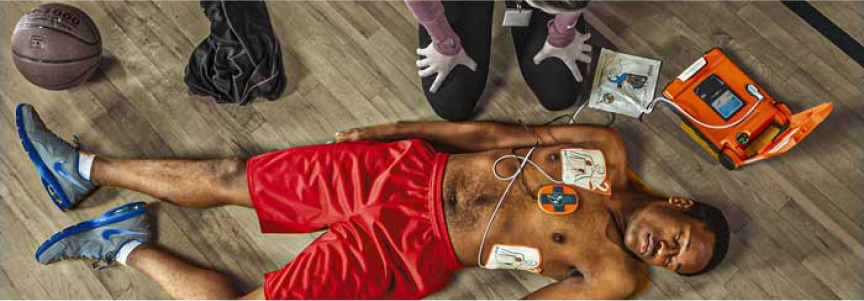
Contents
Overview of How To Respond
- Step One:
- Ensure Safety. Before taking any action, your safety and the safety of others is paramount. Examine the environment. Look for potential hazards such as excessive heat, smoke, liquids, or strange smells. These might give clues about what caused the individual’s condition. If any threats are detected, it’s best not to approach. Instead, dial 911 immediately.
- Step Two:
- Check Responsiveness. If the surroundings are secure, approach the individual from the side. This position ensures that if the person reacts suddenly, you have a better chance to move away or assist without getting hurt. Attempt to wake the individual by tapping their shoulder and shouting, “Are you okay?” If the person remains unresponsive, instruct any onlookers to call 911 and fetch the Rescue7 AED. If you’re alone, dial 911 first, then retrieve the Rescue7 AED, and return to the individual.
- Step Three:
- Start CPR. Lay the individual flat on their back on a firm surface, ensuring they have a clear airway. Begin CPR immediately. Starting CPR as soon as possible can increase the chances of survival. Persist with CPR until the Rescue7 AED is accessible, professional aid arrives, or you’re physically unable to continue. Once the Rescue7 AED is available, activate it, attach the pads as guided, and follow the spoken instructions.
How To Perform CPR (Cardiopulmonary Resuscitation)
Adult CPR
For individuals who are unresponsive and not breathing, the immediate initiation of CPR is crucial.
- Position the person face-up on a hard, flat surface.
- Start hands-only CPR by placing one hand’s heel in the chest’s center, between the nipples. Place your other hand on top of the first, fingers laced together.
- Use your upper body weight to compress the chest firmly and rapidly, about 2 inches deep, at a pace of 100 to 120 beats per minute.
- Ensure the chest rises fully between compressions. This allows the heart to refill with blood.
- Continue this until professional aid arrives or the Rescue7 AED provides further instructions.
Integrating CPR and AED Use
To maintain the CPR rhythm:
If a Rescue7 AED becomes available during CPR, have someone else fetch it without stopping CPR. It’s essential to maintain the rhythm.
- Turn on the Rescue7 AED, and carefully listen to its cues.
- Clear or cut away any clothing obstructing the chest and place the pads.
- Once the pads are in place, the AED will analyze the heart’s rhythm and guide you on the next steps.
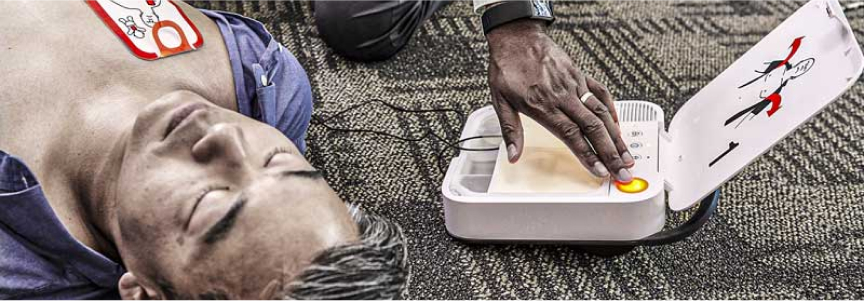
How To Use The AED
In a cardiac emergency, using an AED is straightforward. They’re crafted for intuitive use, even by those untrained.
Step 1: Turn on the AED
Most AEDs activate either by pressing a button or lifting the lid.
Step 2: Attach the Pads
Expose the person’s chest. If necessary, quickly remove or cut through clothing.
Attach the pads to the individual’s bare chest as shown in the AED’s diagram or instructions.
Step 3: Follow the AED’s Instructions
The AED will analyze the heart’s rhythm and determine whether a shock is necessary.
If advised by the AED, ensure no one is touching the person and deliver the shock.
After the shock, or if no shock is advised, continue CPR until professional help arrives or the person shows signs of life.
AED Safety
Different models exist:
Semi-automatic AEDs guide users to clear the area and provide a shock. They can offer verbal, visual, or textual instructions. Once the area is safe, press the indicated shock button.
Fully-automatic AEDs auto-deliver shocks when apt. Given features like motion sensors, ensure the vicinity remains clear once the AED initiates the shock sequence.
Good Samaritan & Legal
All 50 states and D.C. have integrated AED and CPR usage into their Good Samaritan laws. Coverage may differ by state, but the core principles remain universal.
If you assist selflessly, uphold privacy, and act within your training bounds, the Good Samaritan Act shields you. Delve into your state’s specific Good Samaritan regulations for thorough insights.
Requirements for Good Samaritan Law protection:
- No rewards are accepted for help provided.
- Respond out of one’s own volition.
- Deliver care with genuine intent.
- Never abandon the person in distress. Once committed, remain with them until professional help arrives.
Gaining Consent
Always gain consent before starting with your assistance. For conscious individuals, verbal confirmation suffices.
In cases where the person is unresponsive or mentally disoriented, implied consent is presumed. This implied agreement is acknowledged when you’ve tried to rouse them with no response.
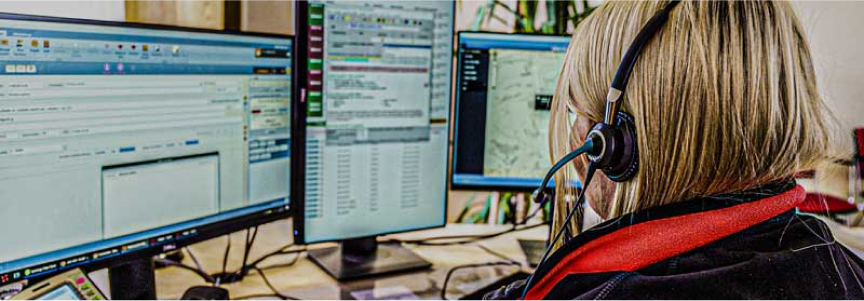
After an Emergency
Contact your local EMS Authority about the Rescue7 AED usage. This is typically handled by local emergency services when paramedics take charge. Otherwise, it’s your responsibility to report the usage to the county’s EMS authority. They’ll guide you on any additional reporting steps.
Contact Rescue7
Reach out to Rescue7 experts to get your AED ready for future emergencies. This might involve downloading or erasing AED data, changing pads, or possibly replacing the battery. Ensure your Rescue7 AED is set for use as soon as possible.
Communicate with Your Team/Family
Emergencies can be overwhelming for everyone involved. Engage with your team, family, or witnesses post-incident. Reflect on the events, gauge emotions, and consider post-trauma counselling if deemed necessary.
